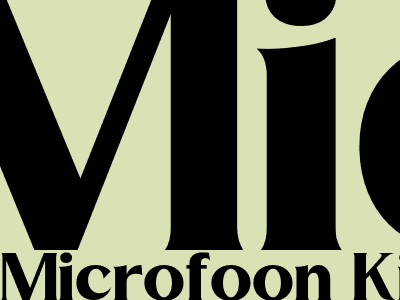The Ultimate Guide to Microphones: Types, Uses, and Features
What is a Microphone?
A microphone is a transducer that converts sound waves into electrical signals. It is a critical component of many audio systems, from music recording to public speaking. Microphones come in a variety of shapes and sizes, each with its own unique characteristics and applications.
Types of Microphones
There are many different types of microphones, each designed for a specific purpose. Some of the most common types include:
- Dynamic microphones are the most common type of microphone. They are rugged and reliable, and they produce a natural sound quality.
- Condenser microphones are more sensitive than dynamic microphones, and they can produce a wider frequency response. However, they are also more fragile and expensive.
- Ribbon microphones are known for their warm, vintage sound. They are often used for recording vocals and acoustic instruments.
- Lavalier microphones are small, clip-on microphones that are often used for broadcast journalism and live performances.
- Shotgun microphones are long, narrow microphones that are used for recording sound from a distance.
Uses of Microphones
Microphones are used in a wide variety of applications, including:
- Music recording
- Public speaking
- Broadcasting
- Live performances
- Sound reinforcement
Features of Microphones
When choosing a microphone, there are several features to consider, including:
- Frequency response is the range of frequencies that the microphone can reproduce.
- Sensitivity is the microphone's ability to convert sound waves into electrical signals.
- Polar pattern is the direction from which the microphone picks up sound.
- Impedance is the electrical resistance of the microphone.
- Connector type is the type of connector that the microphone uses to connect to other equipment.
Conclusion
Microphones are an essential part of many audio systems. By understanding the different types of microphones and their features, you can choose the right microphone for your specific needs.

Comments